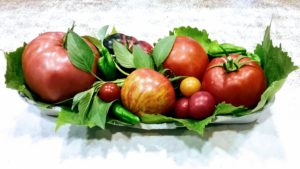 August is the month to begin thinking about winter vegetables. Yes, it seems too hot, but seeds for broccoli, cauliflower, cabbage, kale, and snap peas can be started in the ground or indoor seed trays this month. August is also the time to keep an eye out for mildew. As the sun sets lower in the sky and days shorten, fungus diseases like mildew begin to affect squash, pumpkins, cukes, and melons. Treat with Bonide Copper Fungicide.
August is the month to begin thinking about winter vegetables. Yes, it seems too hot, but seeds for broccoli, cauliflower, cabbage, kale, and snap peas can be started in the ground or indoor seed trays this month. August is also the time to keep an eye out for mildew. As the sun sets lower in the sky and days shorten, fungus diseases like mildew begin to affect squash, pumpkins, cukes, and melons. Treat with Bonide Copper Fungicide.
The following chart includes notes for vegetables you can start this month.
| Vegetable | Plant Time | Amount (family of 4) |
Special Notes | Plant Now |
|---|---|---|---|---|
| Carrots | Year ’round | 20 – 30 ft. row | Suitable for a small garden if compact varieties are grown. Can be planted more than once/year for a continuous harvest. |
From seed |
| Radishes | Year ’round | 4 ft. row | Suitable for a small garden if compact varieties are grown. Can be planted more than once/year for a continuous harvest. |
From Seed |
| Florence Fennel | June – August | 10 – 15 ft. row | Grown for it’s bulbous base. Sensitive to root disturbances. |
From Starts |
| Parsley | Year ’round | 1 – 2 plants | Suitable for a small garden if compact varieties are grown. |
From Starts |
| Chives | Year ’round | 1 clump | Suitable for a small garden if growing compact varieties. |
From Starts or seeds |
| Beets | February – April then later again in August | 10 – 15 ft. row | Suitable for a small garden if compact varieties are grown. Can be planted more than once/year for a continuous harvest. |
Late Aug from seed |
| Broccoli | August – February | 15 – 20 ft. row | Can be planted more than once/year for a continuous harvest. |
Late Aug from seed |
| Brussels Sprouts | August – February | 15 – 20 ft. row | N/A |
Late Aug from seed |
| Cabbage | August – February | 10 – 15 plants | Suitable for a small garden if compact varieties are grown. |
Late Aug from seed |
| Cabbage, Chinese | August – February | 10 – 15 ft. row | Suitable for a small garden if compact varieties are grown. |
Late Aug from seed |
| Cauliflower | August – February | 10 – 15 plants | Tie leaves up and over head to protect from frosts. |
Late Aug from seed |
| Celery | August – February | 20 – 30 ft. row | Suitable for a small garden if compact varieties are grown. |
Late Aug from seed |
| Chard | August – February | 3 – 4 plants | Suitable for a small garden if compact varieties are grown. |
Late Aug from seed |
| Endive | August – February | 10 – 15 ft. row | N/A |
Late Aug from seed |
| Kohlrabi | August – November | 10 – 15 ft. row | Suitable for a small garden if compact varieties are grown. |
Late Aug from seed |
| Leeks | August – February | 10 ft. row | N/A |
Late Aug from seed |
| Lettuce | August – February | 10 – 15 ft. row | Suitable for a small garden if compact varieties are grown. Can be planted more than once/year for a continuous harvest. |
Late Aug from seed |
| Mustard | August – April | 10 ft. row | N/A |
Late Aug from seed |
| Peas | September – January | 30 – 40 ft. row | Suitable for a small garden if compact varieties are grown. Can be planted more than once/year for a continuous harvest. |
Late Aug from seed |
| Rutabaga | August | 10 – 15 ft. row | N/A |
Late Aug from seed |
| Spinach | September – January | 10 – 20 ft. row | Suitable for a small garden if compact varieties are grown. |
Late Aug from seed |
| Turnips | February – August | 10 – 15 ft. row | Suitable for a small garden if compact varieties are grown. |
Late Aug from seed |

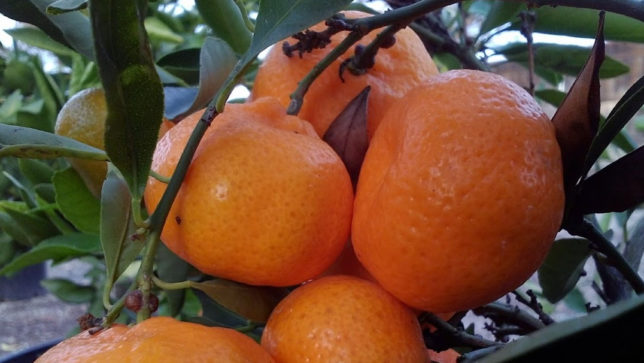
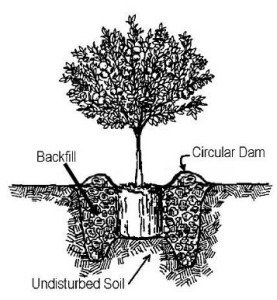
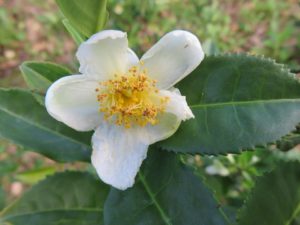
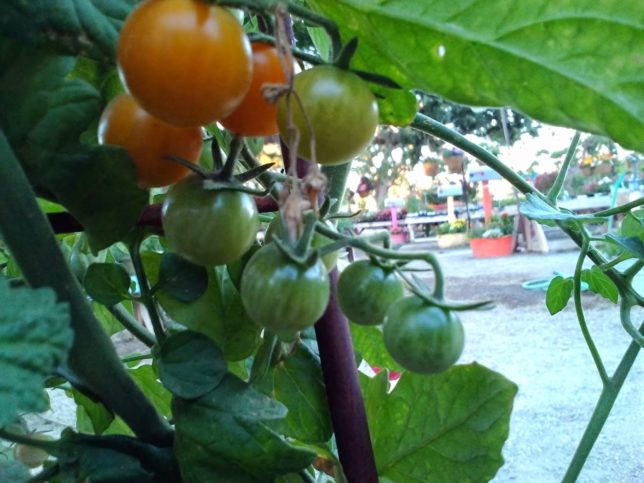
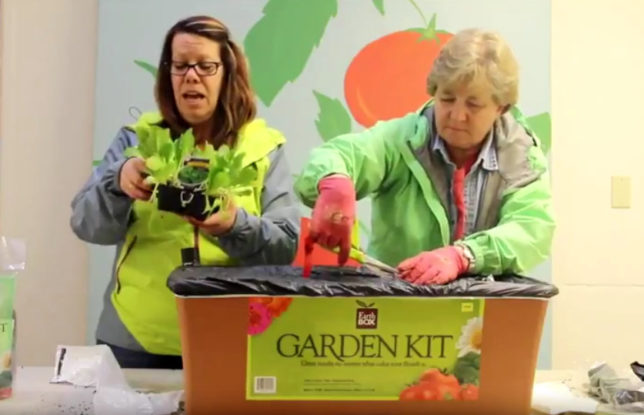
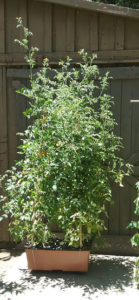
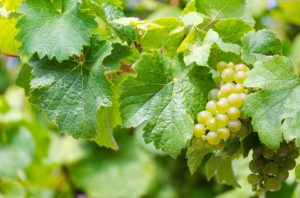 When my mother, Ruth, and father Jack would meet new residents asking what they could successfully grow in our valley the answer would start with, “Grapes and Roses.” Our climate, soil, and water are perfectly suited for both. The name of “Hopyard Road” reflects a time when the Valley was known for filling the beer barrel as well.
When my mother, Ruth, and father Jack would meet new residents asking what they could successfully grow in our valley the answer would start with, “Grapes and Roses.” Our climate, soil, and water are perfectly suited for both. The name of “Hopyard Road” reflects a time when the Valley was known for filling the beer barrel as well.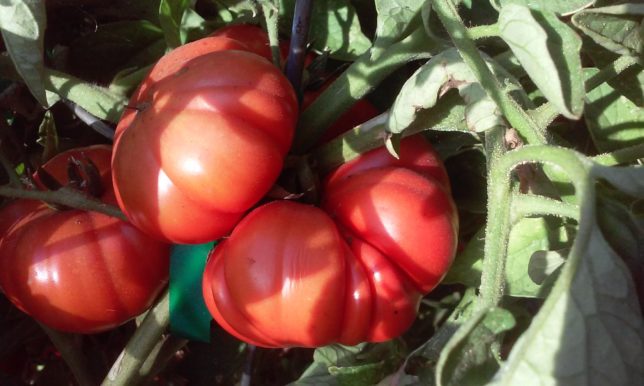
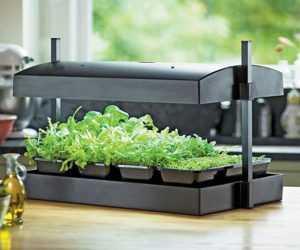 This week is unique in that we enter the window of time for starting vegetables for setting out into the garden later. Gardeners can also set out starter plants for a second, bumper crop of cool season crops.
This week is unique in that we enter the window of time for starting vegetables for setting out into the garden later. Gardeners can also set out starter plants for a second, bumper crop of cool season crops.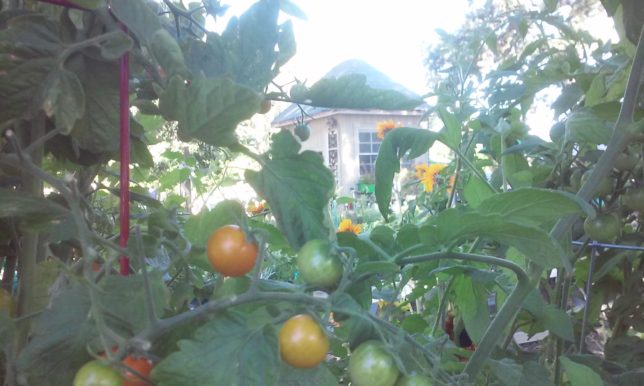
![artichoke600[1]](https://www.aldenlane.com/m/wp-content/uploads/2015/11/artichoke6001.jpg)
![artichoke600[1]](https://www.aldenlane.com/m/wp-content/uploads/2015/11/artichoke6001-150x150.jpg) After harvesting, the last artichokes from a stem, it will wither, and the leaves will die back to the ground. Mid-summer is also the time to cut the stem and leaves to the ground. New shoots will grow from the base producing a new plant with next year’s crop. Make regular applications of Sluggo Plus to ward off earwig invaders.
After harvesting, the last artichokes from a stem, it will wither, and the leaves will die back to the ground. Mid-summer is also the time to cut the stem and leaves to the ground. New shoots will grow from the base producing a new plant with next year’s crop. Make regular applications of Sluggo Plus to ward off earwig invaders.